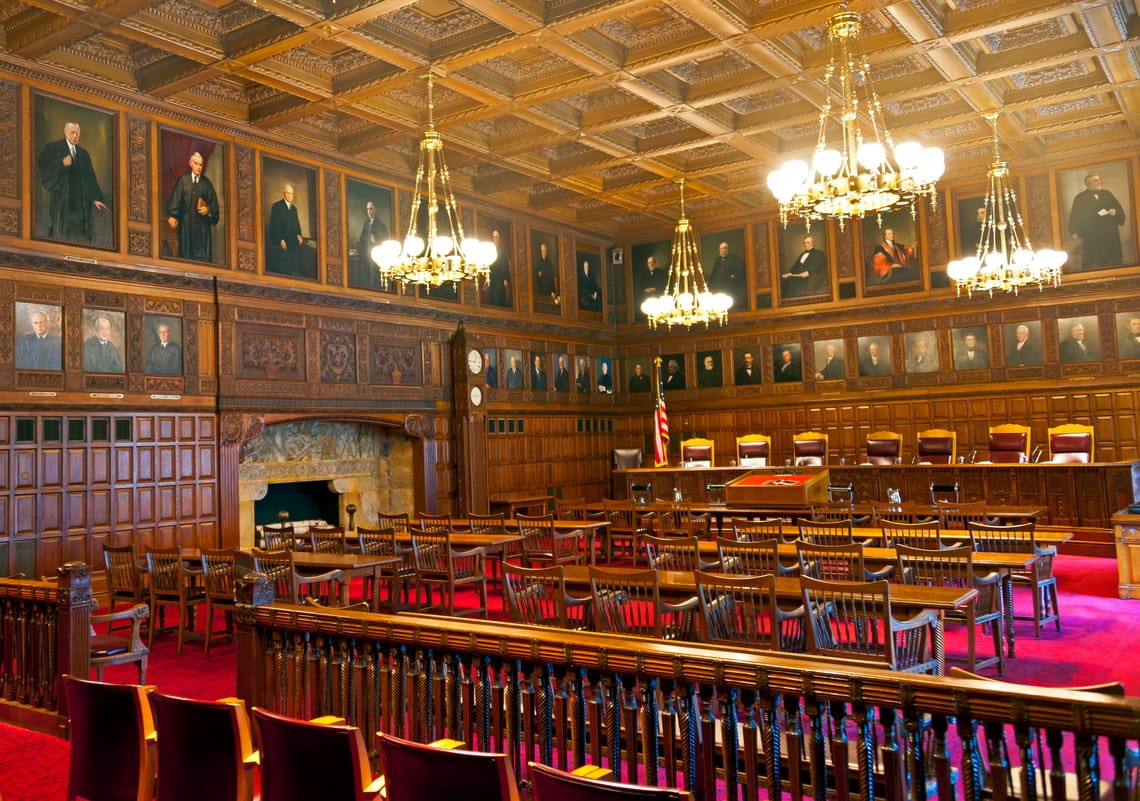How does a piece of masonry reshape modern New York City architecture? Today, many New York City residential buildings – in construction and not – are often paired with temporary sidewalk sheds. In fact, the total number of New York City scaffolding stretches to more than 300 miles. For a native New Yorker to an average tourist in New York City, it is nearly impossible to ignore the beams of iron and wooden planks that make up these sidewalk sheds. Why is it built and are they really temporary though?
This all started in May of 1979 when a Barnard College student named Grace Gold died after being hit by a piece of masonry from a New York City building 7 floors down. The tragedy of the loss of Gold created a public outcry for new municipal law for a safer city. The incident was not the first time fallen debris injured pedestrians. Prior to Gold's incident, nearly 2 decades ago, Alvin Rodecker was severely injured due to a falling, 8-pound dumbbell that struck him, resulting in a 6-figure settlement in damages.
Less than a year after the Gold incident, New York City Council established Local Law 10 which called for inspections of exterior walls of buildings with 6 stories or more that face onto the streets. This administrative code also referred to as the Façade Inspection & Safety Program, also enforced New York City property owners to repair any faulty façades or face possible fines. Once every 5 years, a private inspection, at the expense of the property owner, would report to the New York City Department of Buildings to observe any findings of old exterior walls or other issues that may need repair. With inspections enforced, lawmakers believed it would reduce incidents similar to Gold. In local law 10, which would be rewritten as local law 11, buildings that do suffer from aging façades would be required to have sidewalk sheds.
New York City since then has sparked a market for an 8 billion dollar industry in sidewalk shed construction. The construction of mandatory sidewalk sheds resulted in increased employment in New York City. Lawmakers have mandated that sidewalk sheds must be built in accordance with repairing old facades. Many property owners, instead, leave sidewalk sheds up and are willing to pay any additional fines for not repairing old structures. The reason is that NYC comprises mostly old, early 20th-century buildings and property owners believe that leaving the sidewalk shed is a cheaper alternative than repairing the structure. Nevertheless, many can argue that the expenses that property owners must pay attribute to the high living costs in New York City.
"Approximately 37 percent of sidewalk sheds in NYC are related to the City’s Façade Inspection & Safety Program (FISP), which requires property owners with buildings higher than six stories to hire an engineer to inspect exterior walls. The other 62 percent of sidewalk sheds in NYC are related to construction and maintenance operations.” - NYC Dept of Buildings Press Secretary, Andrew Rudansky
Although local law 11 is a strict law, many critics argue that the law is widely unenforced and leads to mismanagement. Almost all New York City sidewalk sheds have the same attributes which are a hunter-green color and certain materials used. This is because local law gives little flexibility to property owners or construction companies about which color to use. Yet, with many old buildings to inspect, it is nearly impossible for the New York City Department of Buildings to hold each property owner accountable. According to the Department of Investigation, around 1,000 buildings failed to file façade inspection reports with the Department of Buildings. This also includes around 100 buildings that are owned by the City of New York.
Although the law is intended to prevent future injury and death from falling objects, there are still incidents of such cases. In 2015, a 2-year-old toddler was struck by an object and died outside of the Esplanade Luxury Senior Residences. It was then later discovered that the engineer –Maqsood Faruqi– falsely reported performing an inspection of the exterior walls of the building.
“[The death of Grace Gold] defined building safety bringing in local law.” - Lori Gold (Sister of Grace Gold)





